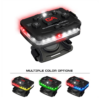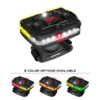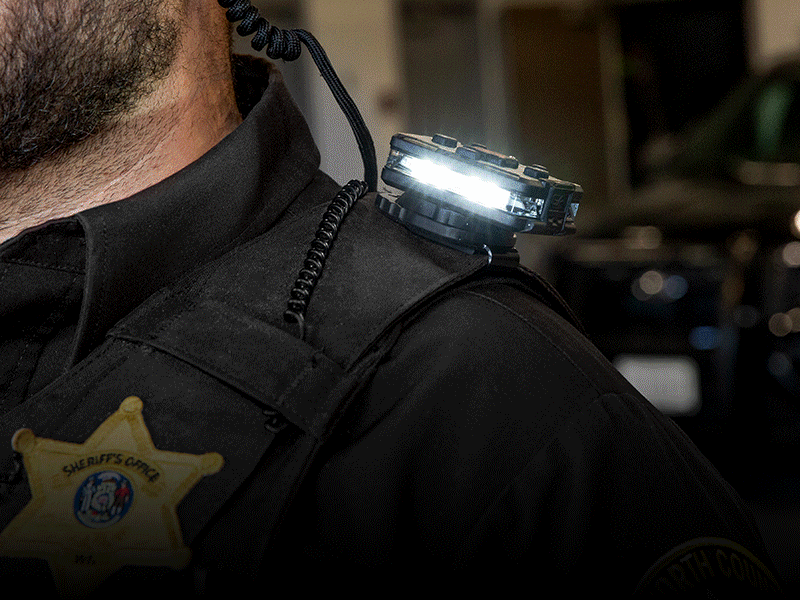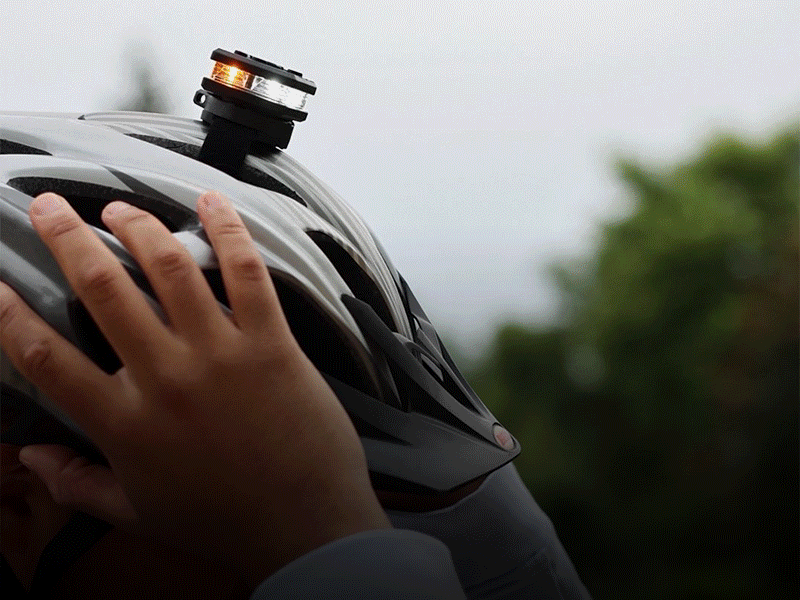Hawaii Emergency Vehicle Light State Statutes
Hawaii Emergency Vehicle Light State Statutes
There are many forms of emergency vehicles in Hawaii state including police cars, fire trucks, ocean security officers, and more. All of these vehicles have signs and lighting recognized to help the general public identify these vehicles and know when to move out of the way. Various lighting regulations are also in effect for utility vehicles, tractors, construction trucks and any other type of vehicle that might require extra vigilance from the motorists around them. The State clearly states its guidelines for lighting on all types of emergency vehicles in Title 17 of Hawaii’s statutes. By reading this helpful guide you can find out the color and positioning for all types of emergency vehicle lights.

Police lights
Hawaii’s laws on police car lighting are a bit different because they don’t have a statewide police agency or any single city police agency. Instead, they leave jurisdiction and regulation to the counties themselves. County law enforcement vehicles are one of the only vehicles allowed within the state of Hawaii to use blue emergency lights. The Hawaii state statute allowing the use of blue lighting by these vehicles is statute 291-31.5. Most police cars inside Hawaii operate on top of the car with blue and red flashing police lights. Some may have blue police lights mounted along their tail lamps or headlamps as well. Cars may use whatever lights are blue and red, blue and white, or plain blue. These vehicles must be authorized and approved by the police chief for the county in which the vehicle operates, before using blue lights.
Fire truck lights
Like police departments in Hawaii, the counties in Hawaii run the fire departments, not the state or the town. In Hawaii, fire trucks use a broad combination of lighting positions and colors. Traditionally, they use a bar of flashing red and yellow lights at the top, along with auxiliary flashing yellow lights along the sides. Not every truck does use the same lighting system, though. Beyond statute 291-31.5 there is little regulation that allows them to use red flashing lamps. Some trucks may opt for white strobe lights or white revolving lights to supplement their lighting.
Volunteer fire fighter lights
Pursuant to Statute 291C-1, if approved by county council, a volunteer firefighter vehicle counts as an authorized emergency vehicle. Hence, volunteer firefighters in Hawaii state may be using red emergency lights. However, they are only allowed to use those lights when responding to a fire, and a county council must first authorize them. Some volunteer firefighters may choose to supplement their vehicles with yellow or white auxiliary lights. This can help make the vehicle more noticeable when it reacts to a crash.
Ambulance lights
In Hawaii ambulance trucks identify with a combination of red and white lighting. There is no specific statute requiring these colors but they are used by ambulances because they are bold and easily recognizable. Typical placement at the back of the ambulance truck will be one red and one white light at each corner of the box. To display flashing emergency lights, one of the options listed in statute 291C-1 has to be a vehicle. These are primarily ambulances, but they can also apply to certain transporting organs and other medical vehicles.
Tow truck lights
Unlike many other states, Hawaii does not have any specific regulations that focus on tow truck lights. This allows for many different options for tow truck drivers for their lights. The only rule is statute 291-31.5 that says tow trucks can’t use blue or blue and red lamps, reflectors or illuminating devices. The one exception to this is the tow trucks operated by the Public Safety Department, but they must obtain approval from the Public Safety Director before using a blue light. As most tow trucks are not part of the Department of Public Safety, they will use flashing lights in other shades to alert vehicles. Amber is the most common color but some may use white or yellow.
Construction vehicle lights
Construction vehicles typically fall under the “unspecified motor vehicles” category because even the smaller construction equipment tends to be driven by an engine. They must therefore follow the statute 291-25 lighting code whenever they’re on the highway after sunset and before sunrise. This statue lays out all the regulations for head lamps and tail lamps, such as mounted lamps that are no more than 54 inches above the road and visible lamps form 200 feet. Many construction vehicles choose to go beyond these minimal lighting requirements and add additional visibility lamps. Any signal lights they install should not be blue or red, and any spotlights they use should be pointing to the ground rather than shining in driver’s eyes.
Utility vehicle lights
Utility vehicles can be public or private owned vehicles and include vehicles used for gas, water, electricity, cable and more. The state of Hawaii does not provide for any specific regulation for lighting on utility vehicles beyond the standard white headlamps and red tail lamps required by statute 291-25 for all motor vehicles. Many utility firms choose to go beyond basic requirements and add additional flashing lights to warn drivers who may pass or follow a utility truck. Such lights can be white, yellow, amber or any hue other than blue or red.
Pilot vehicle light
Hawaii has not most restrictions about oversized loads. The only legal provision is Statute 291-28 which specifies that vehicles with an oversized load must have a visible red sign from the rear and have an escort vehicle to contact the attention of people to the oversized load. As Hawaii’s lighting color laws are very lax, escort vehicles are left with the option, if desired, to add extra colored lights. Most vehicles can choose blinking amber or white LED strobe lights to make their vehicle more visible without violating the 291-31.5 statute which outlaws the use of red or blue light.
Safety Vehicle Lights
As specified in Statute 291-31.5, the only vehicle’s forbidden lighting color is the blue lights or the blue and red flashing lights reserved for emergency vehicle lighting. Consequently, in these shades safety vehicles can not work with lighting. Statute 291-30 can forbids the use of a spotlight, which shines in the eyes of vehicles approaching. Security vehicles may choose to use any kind of auxiliary lighting they want so long as it does not violate these two laws. These vehicles also use flashing yellow or amber lights. Many Hawaiian counties have public safety and security vehicles used to warn people of danger. Such vehicles will use a blinking red light if they are part of volunteers from the Department of Emergency Management and have city approval for a light.
For more information on what lights are available to you, please call your State Highway Patrol office at: 808-587-3627
* Please note that these numbers are what we can currently find, and the numbers may have changed since this page.





